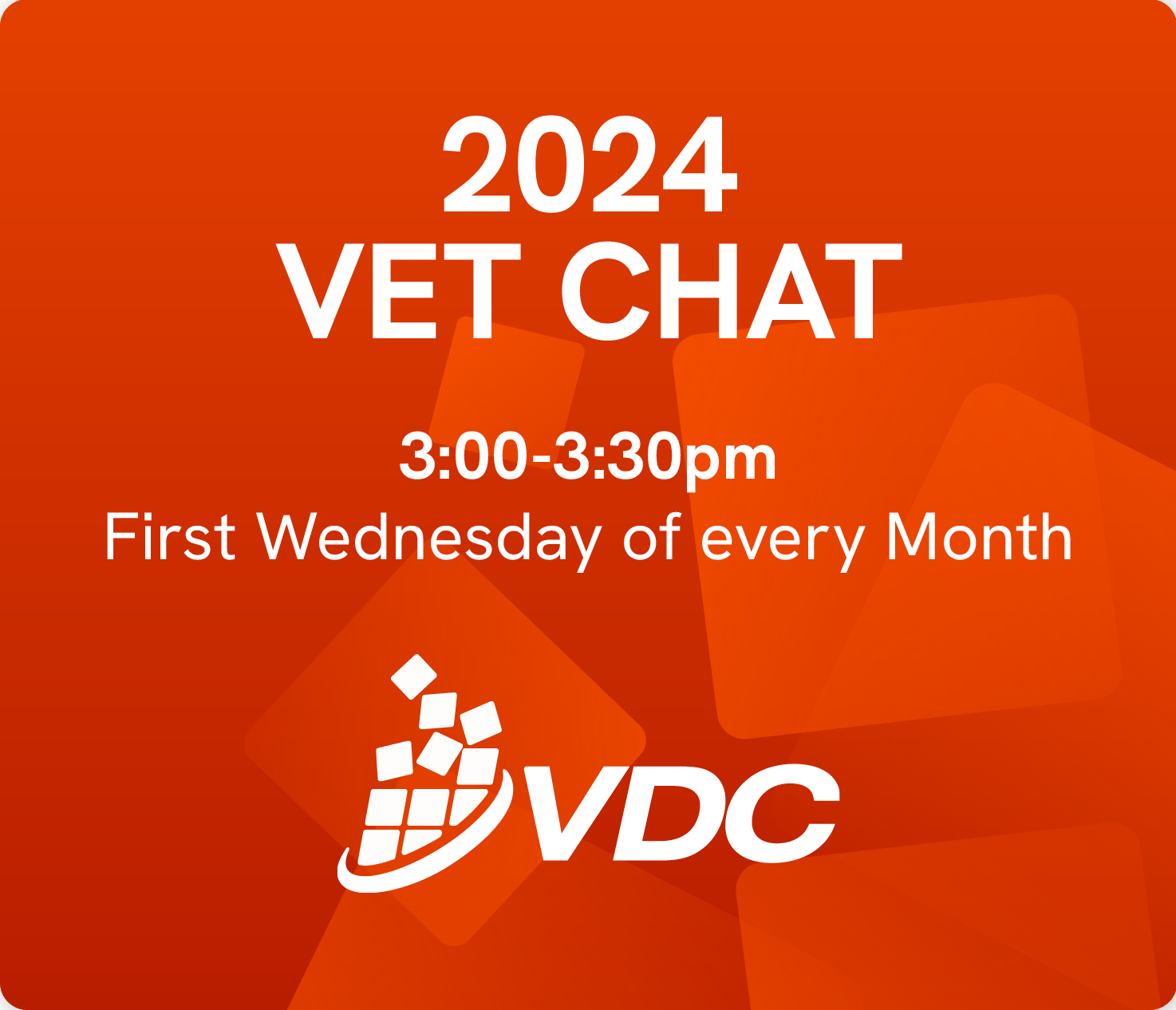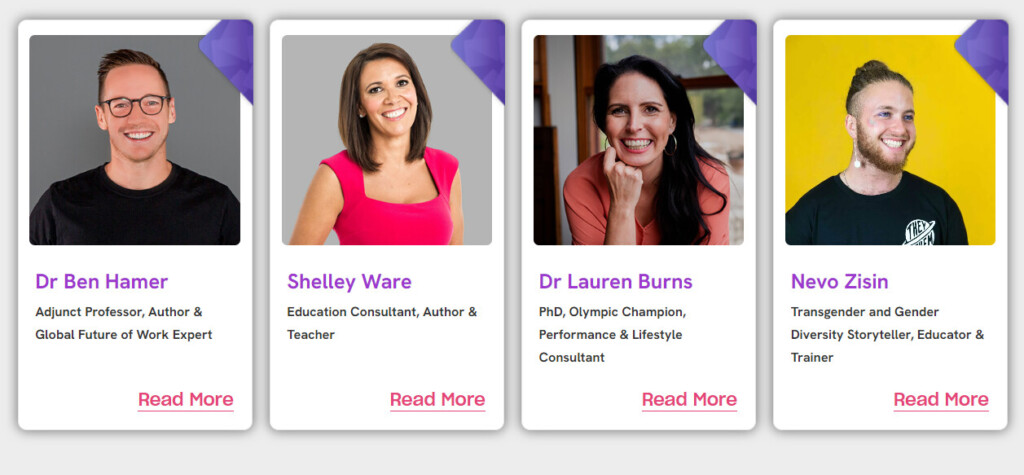
The structure of the Index
The Australian Youth Development Index (the AYDI) is a good starting point for knowing more. The AYDI is the result of work initiated globally by the Commonwealth Youth Programme. It seeks to present measures of youth development across 185 countries. The AYDI is the Australian take on youth development data. The report was prepared by Youth Action and presents youth development in five domains:
- Domain 1: Education
- Domain 2: Health and Wellbeing
- Domain 3: Employment & Opportunity
- Domain 4: Political Participation
- Domain 5: Civic Participation.
The virtue of an index is that it brings together into one statistically verifiable number a raft of measures from many different data collections, and links them in ways that makes the measures comparable. For example, Domain 3: Employment & Opportunity draws on three separate measures:
- Youth not in education, employment or training, 15-29 year old rates – collected by the ABS
- Ratio of youth (aged 15-29) unemployment to total unemployment – also collected by the ABS
- Women under 20 who gave birth, rates per 1,000 women – collected by the Australian Institute of Health and Welfare.
Australia’s international ranking
In combining measures across the Domains the AYDI ranks Australia 3rd of 185 nations for youth development. That’s a high score and one we should welcome. Our ranking is unchanged since 2015. Our performance has improved across all Domains except for Health and Wellbeing which shows a 1% decline since 2010 compared to 3% increase averaged across other nations.
Variations between states and territories
But the AYDI offers more than a performance card for Australia. It also offers a performance snapshot for each state and territory, and allows for some analysis about regional variations too. A smattering of data from states and territories shows that:
- Victoria ranks third behind the ACT and NSW on the overall AYDI – though it’s a very close run between with NSW for second slot. The AYDI report notes that Victoria is outperforming NSW on Employment and Opportunity Domain, but has slightly lower scores than NSW on the other four domains.
- Since 2006, South Australia has improved on two domains (Political Participation, and Civic Participation), but records a significant decrease of 7% on the Education Domain.
- Tasmania’s performance has fallen on four of the domains. It’s only in the domain of Political Participation that Tasmani has shown an increase, up 69% since 2006 and mostly attributable to a ‘79 per cent increase in the proportion of youth sitting on Student Representative Councils.’
Young people from rural areas are not doing as well
The variations within Australia are where we need to focus and education providers are a key first responder to making sure young Australians make a safe passage through their teens and twenties. There are two national variations that are particularly troubling and have been with us for too long.
First, there is what the AYDI report calls the Rural/Urban Divide:
The research results show stark divisions in education and employment opportunities between youth living in rural and urban areas. The NT has the most unequal opportunities for youth in rural areas, but the inequality exists across the board.
… While the situation in the NT is of concern, it is one of only two jurisdictions where youth NEET [not in employment or training] has actually decreased for both rural and urban youth since 2006 … QLD and WA have seen increases in rural and urban youth NEET, while NSW is the only state or territory where the situation for rural youth improved, although it deteriorated for urban youth.
Young Indigenous Australians are struggling
Second, there is the gap between youth development outcomes for Aboriginal and Torres Strait Islanders and other young people living in Australia. It’s a national emergency any way you look at it. These findings are taken from the AYDI report:
- The average gap since 2008 between Indigenous and non-Indigenous Australian year 9 students meeting minimum literacy requirements is 24 per cent.
- For 25 to 29 year old Indigenous males, the suicide rate is 90 per 100,000 which is higher than any national rate reported for any country in global reports.
- In 2014 the total unemployment rate for Indigenous 15 to 64 year olds was 20.8 per cent nationally, compared with 5.8 per cent for non-Indigenous 15 to 64 year olds … Aboriginal and Torres Strait Islander Australians fare worse on unemployment in every state.
We rank 3 out of 185 nations, but on at least two fronts we have a lot of work to do. Teachers will make a critical contribution to that work.








